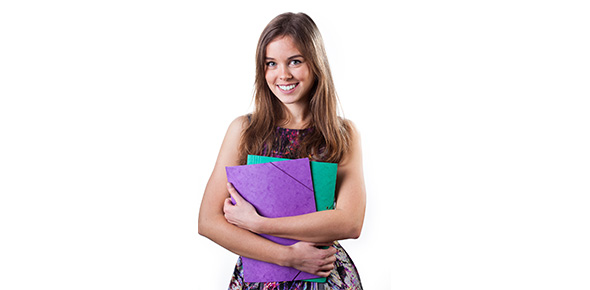Related Flashcards
Related Topics
Cards In This Set
| Front | Back |
|
Special populations - Difficult to test
|
Paediatricother impairments- sever physical handicaps-cognitive impairments-aphasicfunction hearing loss
|
|
When standard behavioural techniques are not adequate... what then?
|
1. greater reliance on physiological tests2. adapt test situation/technique to better match the capabilities of the special patient
|
|
Why not forget behavioural measures and just use physiological measures?
|
1. Hearing can't be measured directly- physiological measures are limited- no unique observable behaviour attached to audition- must draw inferences from behaviour
2. Assessment focus:- does the individual have functional hearing skills, i.e. he/she able to use audition to perform essential, age-appropriate tasks via audition |
|
We can assess hearing via behaviour as long as we can....
|
1. use a response that is within the behavioural repertoire of the patient- easy for patient to perform, easy for us to observe2. Structure a task that allows us to establish that the behaviour is emitted when a stimulus is heard3. Several general methods used- but challenge is often unique to the individual-input from related professional is often critical
bottom line: STIMULUS RESPONSE appropriate |
|
Goals of Pediatric assessment (similar to adults)
|
Same basic goals- identify HL-describe type, severity, configuration-understand how it impacts the individual-identify rehabilitative needs
|
|
Goals of Pediatric assessment (different from adults)
|
1. How goals are achieved- more challenging-physical, cognitive, linguistic limitations/immaturities-greater use on physiological tests-modified approaches to behavioural testing
2. Greater urgency- for ID and intervention - earlier is better 3. Ongoing, evolving process- intervention and assessment occur in parallel- don't wait until full picture is available 4. Greater inter-professional coordination- HL impacts development in varied ways (team approach is best) |
|
Factors to consider in selecting/interpreting behavioural tests:
|
1. Developmental level2. Age3. Neurocognitive maturation4. Linguistic level / abilities- understand instructions-perceptual response to test stimuli-ability to provide a verbal response5. Normally developing child- can do adult-like procedures by 6 years of age; younger (4-5 years) if motivated and/or bright
|
|
Types of behavioural methods
|
BOA - observationVRA & TROCA - operant conditionPlay audiometry
Speech audiometry |
|
Behavioural methods in general can....
|
- cross check- help gauge severity of hearing loss- focus on functional abilities, can be useful in and assessing effectiveness of intervention
|
|
BOA
|
Behavioural Observation Audiometry1. developed to assess hearing from 0-2 years because physiological measures were available (now used to assessed 0-6 months)2. Involves looking at reflexive or attentive responses to to relatively intense signals3. no reinforcement is provided4. performed in sound field- not ear specific; better ear if ears differ
|
|
Advantages and disadvantages of BOA
|
Advantages- time efficient- low techcan provide useful cross-check infocan be first indicator to suggest hearing loss (if other methods not available)
Disadvantages:- require experienced tester to derive most reliable, valid assessment- responses being measures extinguish quickly (habituate) since reinforcement is not used- only measure the loud sounds; not measuring detection- info ear specific- info may not be frequency specific- threshold responses are suprathresholds |
|
Signals used in BOA
|
Noise makers- some sets commercially available- freq characteristics are available- intensity level at varied distances can be estimated
Warble tone or narrow-band noise (via audiometer Speech signals - child's name, hello, byebye Best signals have sudden rapid onsets! |
|
Responses observed in BOA
|
Vary with Age
Reflexive - startle to loud sound; usually done last (i.e. if starting to tire)- arm or leg jerks- slow limb movement-change in sucking behaviour-eye blinks-facial twitches Attentive- quieting response (ie. decreases in ongoing activity)- or increase in activity-breath-holding or change in breathing rate-onset / pause in vocalization-start or stop crying-eye widening-searching or localizing sound source-smiling or change in facial expression-brow furrowing-shriek of surprise |
|
How to "score" BOA
|
Auditory behaviour index
- Shows what behaviours to expect at different ages for specific signals/intensities - Developmentally delayed children will proceed through the same sequence as the normal child but with a delay - auditory responses are more similar across children of the same mental age rather than chronological age |
|
Operant conditioning methods
|
- Beginning around 6 months through 2-3 years
- VRA (visual reinforcement audiometry) TROCA (tangible reinforcement operant conditioning audiometry) Measure "minimal" response levels" (not equivalent to thresholds in adult responses) - minimal response levels improve older time as the child gets older and becomes adult.... not the auditory system it's the development of the ability of listen |







